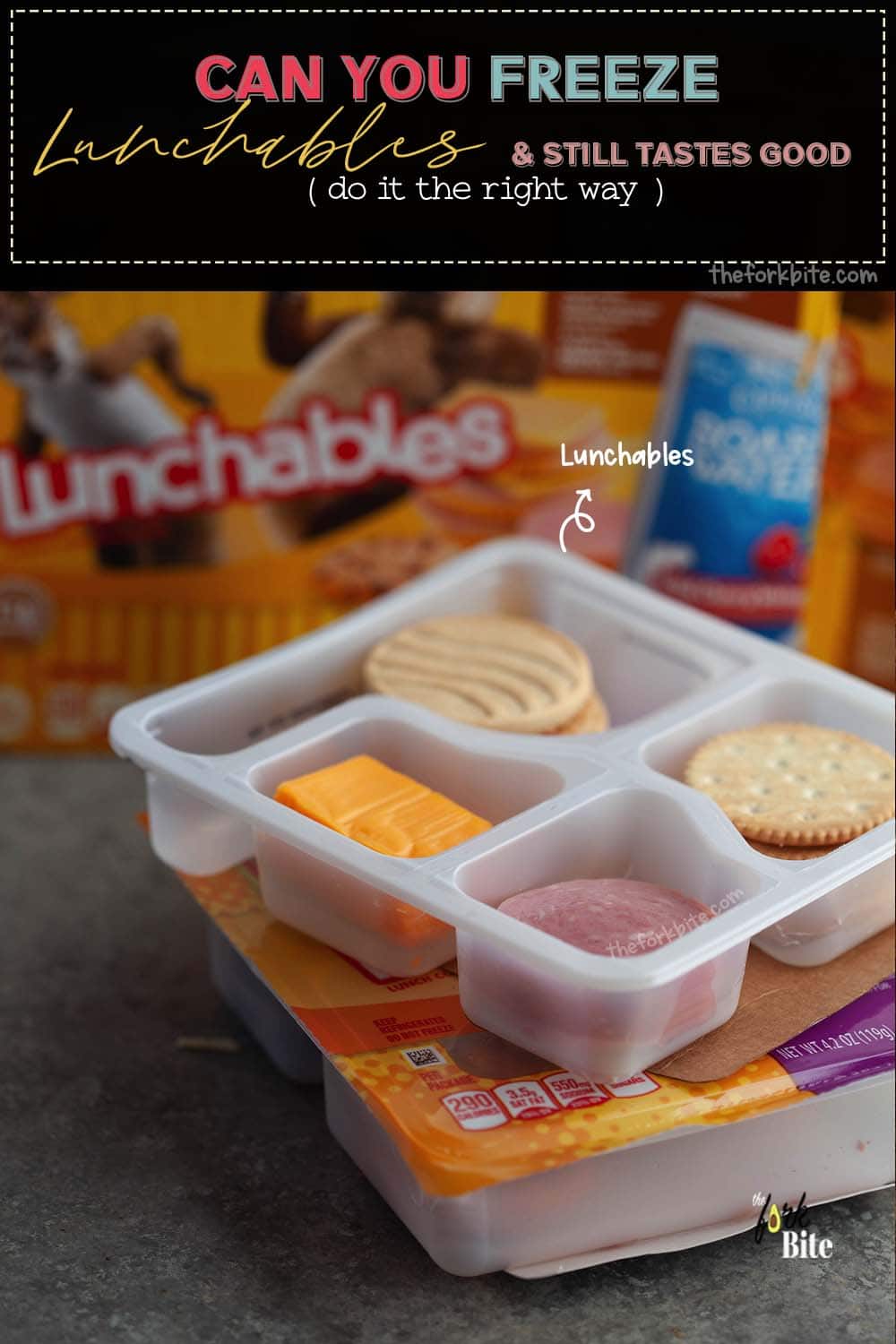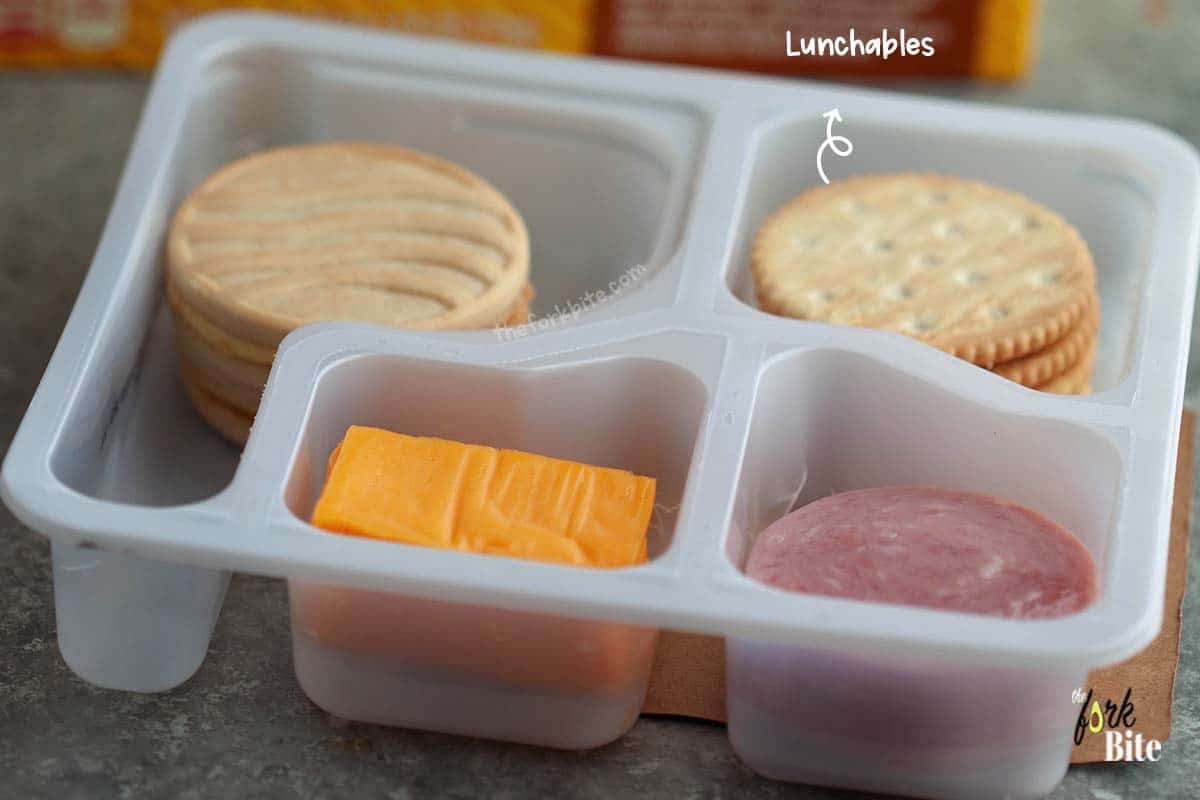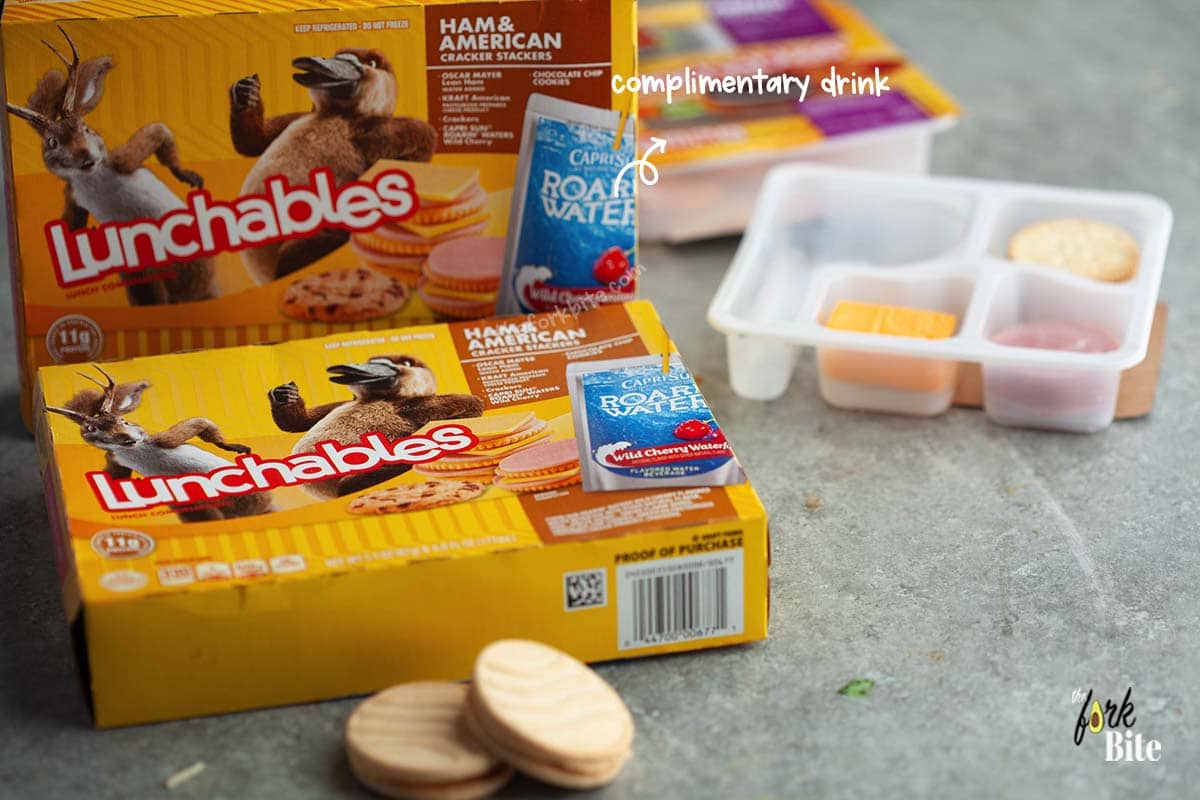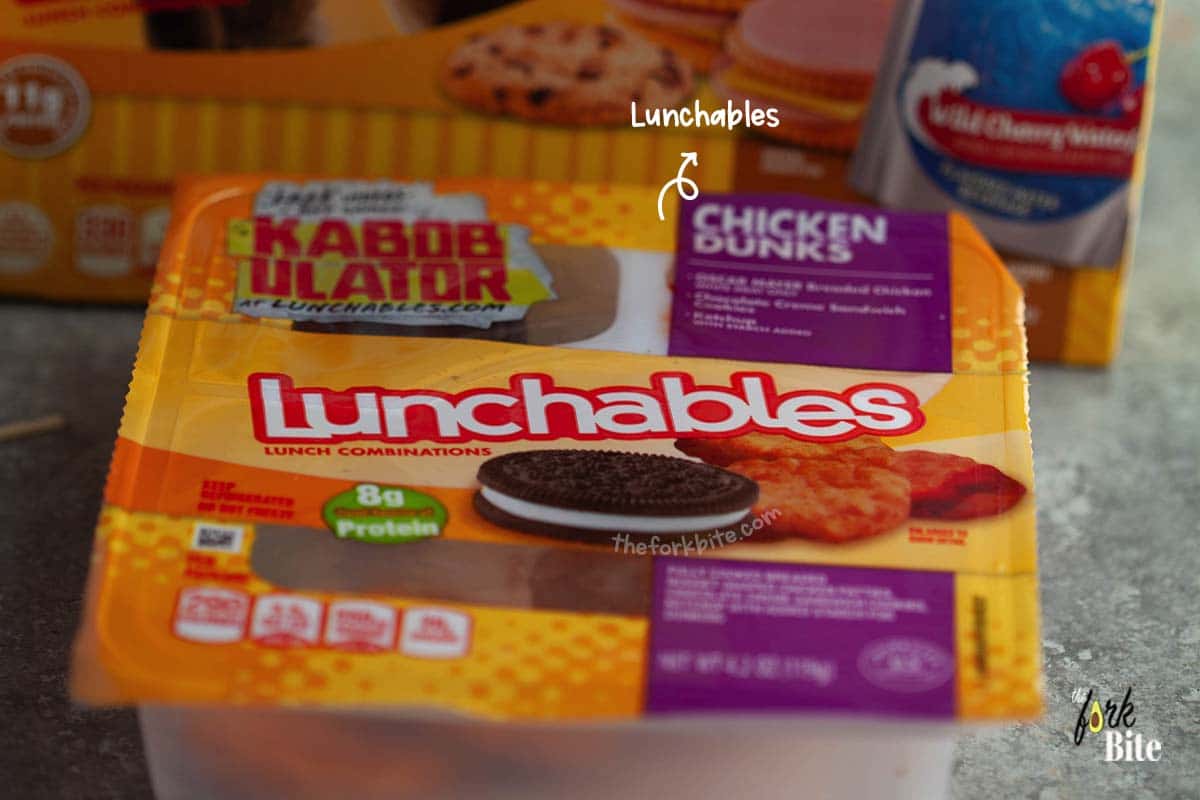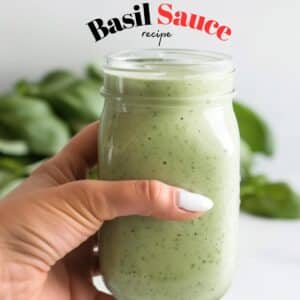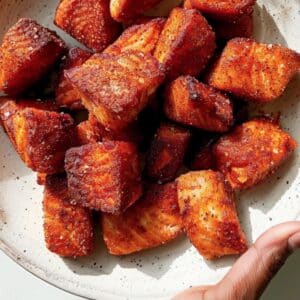Love them or hate them, 30 years after their introduction, and over 1.6 billion sales later, I think it's safe to say that Lunchables are here to stay.
Created as a fast, cheap, and convenient way of providing kids with lunches, I have to admit that I have resorted to using them when I have been pressed for time. Heck, I have eaten them myself as I'm sure millions of other parents have as well.
The odds are that you've probably got some at home in your refrigerator right now. Some might be approaching their use-by date, so you might be thinking about the possibility of freezing them to use them at a later time.
So, it poses the question, can you freeze Lunchables? The answer is, yes, you can, providing you defrost them properly. Having said that, freezing these ready-made snacks could alter both their taste and texture.
Sharing my research
Being a reluctant person to throw anything away without a fight (not that I am Mrs. Scrooge or anything), I decided to do a little research. If you would care to read on, I will share some information with you about freezing Lunchables or using them in other ways.
Preparing my kids lunches is sometimes a bit of a chore. In fact, on occasion, it is an outright struggle. Filling their lunch bags with good nutritional foods that they will be so kind as to eat is an ongoing battle.
What's more, if your kids are anything like as fussy as mine are, it can be a real challenge, especially when, in addition to the worries about nutrition, I also tend to fret about food safety.
What the professionals say
Dr. Tamika Sims, Ph.D., the director of food technology communications at the International Food Information Council Foundation, says that perishable foods that ought to keep in a fridge shouldn't be left out at room temperature for more than about two hours. Anything longer, and you run the risk of the food making you ill.
When it's hotter, like about 80 or 90 degrees, as it is during September in and around California, that two-hour marker must be reduced to just one hour if the food is in an insulated bag. Jeez, that's no time at all, especially when kids' lunch packs have to sit around all morning until lunchtime.
Kids don't want to be seen carrying their lunches around in brown paper bags these days; they would instead use those nice little designer lunchboxes. But according to the good doctor, the best way of keeping perishable foods chilled is to put them into an insulated, soft-sided lunch-tote with a cool pack.
Putting a cool pack into an insulated lunch box will keep perishable foods in a safe-to-eat condition for another 3 to 4 hours.
It doesn't matter whether the cool pack is a hard-sided ice pack (great for cooling but quite weighty), a frozen gel-pack, or a frozen pack of juice; having some cool pack alongside the food is imperative.
According to Dr. Sims, insulated lunch bags were not designed for all-day use, but they will keep foodstuffs quite safe up to lunchtime.
Because most schools tend to maintain inside temperatures around the 70s, there is little risk of accelerated heating time as there would be something like a sports camp.
So, it means that you can feel safe about putting mayonnaise or sliced fruit in sandwiches rather than having to rely on packaged shelf-stable products. Of course, whole fruits such as apples or cherries will last longer out of the fridge than if they were cut.
The only thing that remains to be said is that children shouldn't hold anything back to eat on the journey home from school, because by then, any food will be unsafe to eat.
If you'd like more information regarding lunchbox safety, visit the Partnership of Food Safety Educator's Fight Bacteria website.
Can you freeze Lunchables?
When asking questions about food safety concerning freezing Lunchables, the first thing you have to consider is the fact that there are various types of these snacks. The variety of their contents will determine how they react to being frozen. The vast majority of them include crackers, which can be the prime problem for freezing and thawing.
When you freeze crackers, they will not have the same texture as they did before they were frozen once you thaw them. After freezing and defrosting, they will become soft and soggy, and it is this that puts most people off.
If you freeze an entire package complete with the crackers inside, you can rest assured that you will ruin them. You can, however, take the biscuits out and freeze the rest of the package.
Do Lunchables need to be refrigerated?
If you were to read the instructions printed on the packaging, they would advise you not to freeze Lunchables and refrigerate them instead. It's not because freezing is a food safety issue, it's more to do with the fact that the contents may not taste the same having been frozen.
Of course, we are all different. We all have our own preferences, and whereas some would dislike the taste and texture of Lunchables after they've been frozen and thawed, others will find it acceptable.
Lunchables that come with drinks
As we have already said, there are many Lunchables, some of which are supplied complete with drinks. While this might make the lunch package more interesting, it's not at all advantageous in terms of freezing - in fact, just the opposite.
When water is frozen, it expands by approximately 9%.
Such an expansion can cause bottles containing liquid to burst, resulting in little pieces of frozen juice being distributed around your freezer.
To avoid this, it is necessary to remove any drinks from Lunchables before you attempt to freeze them.
The Lunchable fillings
We already know that the crackers will get a bit soggy, but what about the other contents? The vast majority will be fine. You may detect a slight difference in the taste and texture of any meat, cheese, and desserts if included, but nothing of any real significance.
It's not the freezing of Lunchables that you have to worry about - that is perfectly safe. However, you do need to be careful about defrosting them. It's important not to leave them around at room temperature after being thawed unless you intend to eat them more or less straight away.
It comes back to what we talked about earlier, i.e., leaving food outside of the refrigerator at room temperature - particularly meat. After just two hours, it will become unsafe to eat, so it's best if you can, to defrost the complete Lunchable pack in your refrigerator.
Some people don't bother too much about the niceties, and take their Lunchables out of the freezer and put them straight into a lunch bag knowing that the kids will be eating them later in the day after they have defrosted. That is all very well, but you have to think about the time elapsed between them, thawing and eating.
If you are eating Lunchables at home or in the office, where there is a microwave, you might like to microwave the meat for a few seconds. This will not only ensure that the meat has been defrosted properly, but it could also improve its flavor a little. It's all a matter of personal preference.
Freezing recommendations
You cannot freeze foodstuffs indefinitely because, after a certain time, both the texture and the flavor will begin to deteriorate. The rate at which this deterioration takes place depends on the different foods about which you are talking. The point in question here, however, is any meat that is included in the package.
After being stored for around two months, the flavor of any meat in Lunchables will worsen. You can still eat it, although you might prefer not to.
Defrosting
As with any meat, the best way of defrosting it is in a fridge so that any bacteria don't have an opportunity to begin thriving once the meat thaws.
If you need to accelerate the defrosting process, you can do so by placing the meat in a water bowl, which is at room temperature.
If you will defrost your Lunchable at room temperature, the critical thing is to ensure that it is not left out too long after it has thawed.
Alternatives
If you don't like the idea of freezing shop-bought Lunchables, you can always make your own. It's simple to do because crackers last for a long time before they begin to deteriorate, and cheese generally has an extended use-by date.
Crackers and cheese can be added to various meats that you might have in your fridge, like chicken, ham, or turkey. Making your own Lunchables can also be more economical than buying branded products from the store, as you will be able to match the ingredients to whatever it is you desire. That's got to be a win-win.
If you're the creative type and add your own unique ingredients to a homemade Lunchables, why not add cheese straws? I find they are fun, healthy, and they fit easily into any lunchbox.
Related questions
The majority of Lunchables have meat as one of their ingredients. It’s never recommended to leave meat at room temperature for extended lengths of time as this can encourage bacteria to breed. It should be okay for up to a couple of hours, but not beyond.
However, it will begin to deteriorate reasonably quickly. That’s why it’s a good idea to refrigerate or freeze any Lunchables as soon as you can when you return home. If you think about eating them later in the day, freezing them is an option you might like to consider.
Let’s face it; Lunchables are not the most nutritious foods you can eat. However, they’re not as bad as some people think and can be a decent source of nutrients.
For example, Lunchables’ cheese is packed with calcium, and any meat is a useful source of protein. If you make your own Lunchables, they can be even healthier because, rather than using processed foods, you can instead use fresh.
The answer to how long you can leave ham outside of the refrigerator will depend on several factors, one of the most important of which is temperature. If the ham’s temperature is reasonably cool, it should be okay for several hours.
It’s best to make sure that the ham is covered similarly to how it would be in a Lunchable pack if it is left outside of the fridge. But it’s no guarantee.
Even ham inside a sealed pack can begin to host bacteria. One thing is for sure, and that is that any ham left outside in warm conditions will only be good for approximately two hours, after which you should throw it into the rubbish bin.
It’s all a matter of personal preference. Many people don’t see any difference in the taste and texture of Lunchable fillings once they have been frozen and the frosted. However, crackers are the main problem because they tend to become a little soggy.
The question here relates to refreezing Lunchables that have already been frozen and thawed, and the answer is that refreezing anything after it has defrosted is not recommended.
Refreezing thawed Lunchables can endanger your health. If you have defrosted a frozen one and left it out at room temperature for over two hours, the best thing to do is throw it away. It’s simply not worth risking your health. Find something else to eat.

